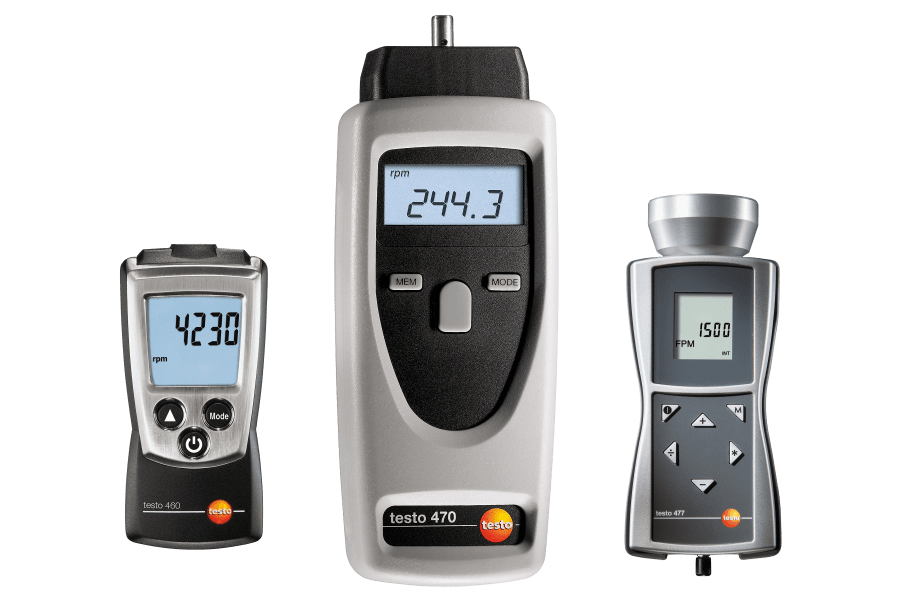Exactly How a Tachometer Aids Monitor Engine Health And Wellness and Efficiency
Exactly How a Tachometer Aids Monitor Engine Health And Wellness and Efficiency
Blog Article
The Relevance of a Tachometer in Keeping An Eye On Engine Rate and Performance in Automotive Applications
In the world of automotive design, the tachometer stands as a pivotal tool in the driver's toolbox, supplying a straight window into the internal functions of an automobile's engine. Past its feature as a simple scale of transformations per minute (RPM), the tachometer serves as an important device for enthusiasts and professionals alike, offering real-time insights right into engine efficiency and health.
Relevance of Checking Engine RPM
Keeping track of engine RPM, or revolutions per minute, is a crucial element of vehicle upkeep and efficiency examination. Engine RPM directly correlates with the speed at which the engine's crankshaft turns, indicating how rapidly the engine is running - tachometer. By monitoring RPM, mechanics can analyze the health and wellness of the engine, find potential issues, and fine-tune efficiency. An uncommon RPM analysis might signal troubles such as engine misfires, malfunctioning ignition system, or issues with the fuel shipment system. Consistently high RPM readings might suggest aggressive driving behaviors or the demand for a greater gear change to boost gas effectiveness.
Additionally, monitoring engine RPM is important for performance evaluation in racing and high-performance vehicles. In recap, keeping an eye on engine RPM is not just crucial for discovering issues however also for enhancing engine performance in various automotive applications.

Benefits of Real-Time Information
In automotive applications, real-time data plays a vital function in giving instant understandings into the performance and problem of the car. By continually keeping track of numerous specifications such as engine rate, temperature, gas consumption, and a lot more, real-time data offers many benefits that contribute to boosted performance and security on the road.
In addition, real-time information helps with efficiency optimization by supplying immediate comments on driving behaviors and engine performance. Motorists can change their actions in real-time based on this details to achieve far better fuel economic climate and lengthen the lifespan of their automobile.

Moreover, real-time data plays an important role in modern-day auto diagnostics, enabling service technicians to swiftly identify and attend to malfunctions. This causes lowered downtime, lower maintenance expenses, and ultimately, enhanced overall automobile integrity and long life (tachometer). By taking advantage of the power of real-time information, automotive stakeholders can make educated decisions that favorably influence both the performance and long life of the automobile
Influence On Gear Shifts
The tachometer plays an essential duty in optimizing gear changes by offering real-time engine rate data to the chauffeur. When coming close to the redline on the tachometer, Discover More it signals the driver to upshift to prevent over-revving the engine and creating possible damages.
Moreover, the tachometer aids in achieving smoother equipment shifts, specifically in manual transmissions. By monitoring engine speed, drivers can execute equipment shifts at the optimal RPM array, lowering snagging activities and reducing endure the transmission elements. This precision on duty modifications not only enhances driving convenience but additionally adds to sustain performance.
Enhancing Fuel Performance
Offered the critical duty the tachometer plays in optimizing gear shifts for performance and engine health and wellness, it straight contributes to taking full advantage of fuel efficiency in automobile applications. By providing real-time feedback on engine rate, the tachometer aids vehicle drivers in preserving the most reliable RPM variety for fuel economic climate. When chauffeurs constantly monitor the tachometer and adjust their this hyperlink driving practices accordingly, they can prevent unneeded fuel usage triggered by over-revving or hauling the engine.
Furthermore, the tachometer assists chauffeurs identify the most fuel-efficient equipment to be in at any given moment, avoiding the engine from functioning tougher than essential. This is particularly important throughout acceleration and cruising, where being in the ideal equipment can considerably affect gas effectiveness. In addition, the tachometer can alert motorists to prospective mechanical concerns that could be adversely impacting fuel economic situation, such as a slipping clutch or a clogged up air filter. Finally, the tachometer acts as an important device in boosting fuel effectiveness by advertising ideal driving routines and identifying areas for renovation in the lorry's performance.

Maximizing Engine Longevity
The tachometer's role in checking engine speed and performance is critical in ensuring the durability of automotive engines. By utilizing the tachometer successfully, chauffeurs can enhance engine longevity with mindful RPM management. Continually revving an engine as well high can result in excessive wear and tear on vital components, such as the pistons, shutoffs, and bearings. Over time, this can result in decreased engine performance and possible breakdowns. Monitoring the tachometer permits chauffeurs to remain within the recommended RPM variety for their lorry, preventing unnecessary stress on the engine and extending its lifespan.

Final Thought
In final thought, the tachometer plays an important duty in keeping track of engine rate and performance in automotive applications. By offering real-time information on RPM, it enables effective equipment changes, boosted fuel performance, and taken full advantage of engine long life. This tool is vital for preserving ideal engine performance and making certain the overall performance of a vehicle.
Report this page